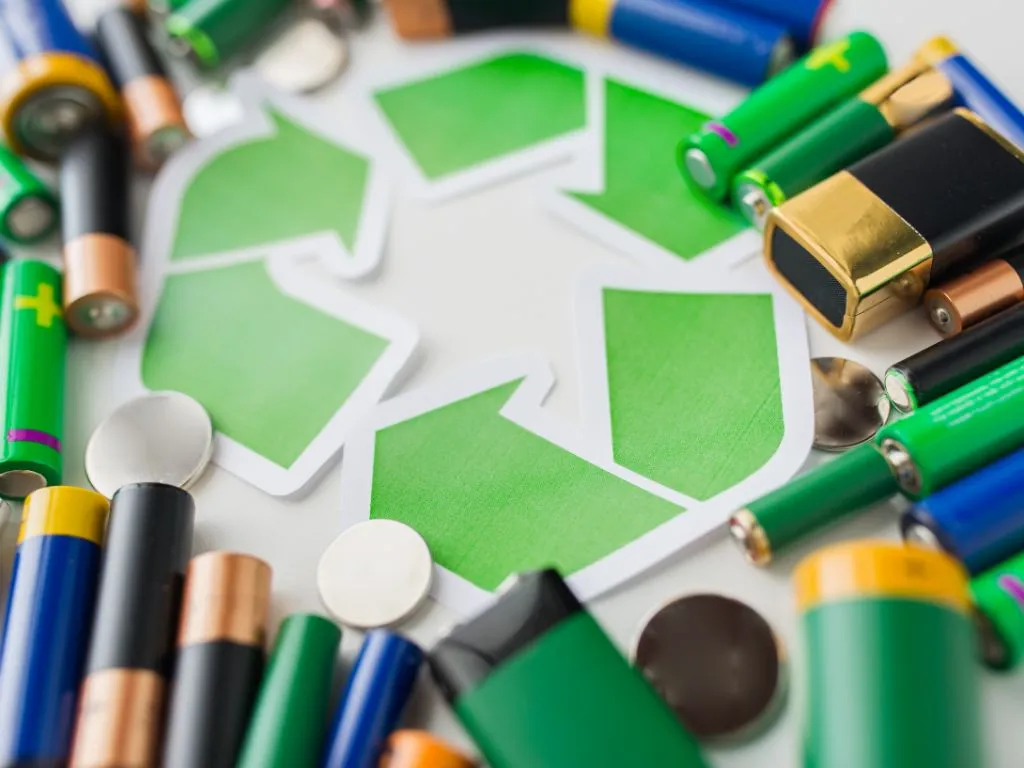- Home
- News Details
News Details

EU Adopts New Methodology for Recycling Efficiency and Material Recovery from Waste Batteries
2025-04-01 Reference source : European Commission
Circular economy EU REACH EU Battery Regulation Waste Battery Recycling Recycling Efficiency Methodology Material Recovery Rates
On 21 March 2025, the European Commission adopted a Delegated Regulation supplementing Regulation (EU) 2023/1542, establishing a harmonised methodology for the calculation and verification of recycling efficiency and material recovery rates from waste batteries. The Regulation also defines the required documentation format to ensure consistent reporting across the EU.
Key Elements of the New Regulation
-
Scope and Objective: The methodology applies to all waste batteries within the scope of Regulation (EU) 2023/1542, including lead-acid, lithium-based, nickel-cadmium, and other types of batteries. It supports the EU’s circular economy objectives by promoting high quality material recovery.
-
Calculation and Verification: The Regulation sets out harmonised rules for the calculation of recycling efficiencies and recovery rates, detailing relevant input/output fractions and verification methods to ensure reliable and comparable data.
-
Documentation Requirements: New documentation formats are introduced for reporting recycling and recovery rates and the destination and yield of output fractions. These formats are tailored to different battery chemistries.
-
Alignment with EU Circular Economy Policy: The methodology builds on the previous rules under Directive 2006/66/EC and integrates technological advances to support sustainable battery management and a competitive secondary raw materials market.
Technical Details from the Annex
The Annex to the Regulation provides standardised formulae and templates for calculating recycling efficiency and material recovery from different types of batteries. It covers key materials such as cobalt, copper, lithium, nickel, and lead, and includes verification procedures to be applied by Member State authorities. In particular, it sets out rules for the treatment of intermediate fractions such as black mass and outlines changes that will take effect from 1 January 2030, when elements such as carbon, phosphorus, and sulphur can be included in recycling efficiency calculations. The goal is to ensure accurate, traceable, and high-quality recovery in line with EU environmental objectives.
Background and Consultations
The legislation was adopted under Article 71(4) of Regulation (EU) 2023/1542, following technical input from the Commission’s Joint Research Centre (JRC), consultation with Member States and stakeholders, and a public feedback period in late 2024.
The regulation will enter into force 20 days after its publication in the Official Journal of the European Union and will be directly applicable in all Member States.
We acknowledge that the above information has been compiled from European Commission.
Global Product Compliance (GPC) specializes in Global Regulatory Compliance Solutions across sectors
globally. SSS Europe, a familiar name in chemical regulatory and compliance services now formally belongs
under the umbrella of GPC Holding Sweden.
Since 2008, we have emerged as one of the leading names among Global Regulatory Compliance Service
Providers with Representation services in Europe, Asia and Middle East for respective chemical
regulations.

 Twitter
Twitter
